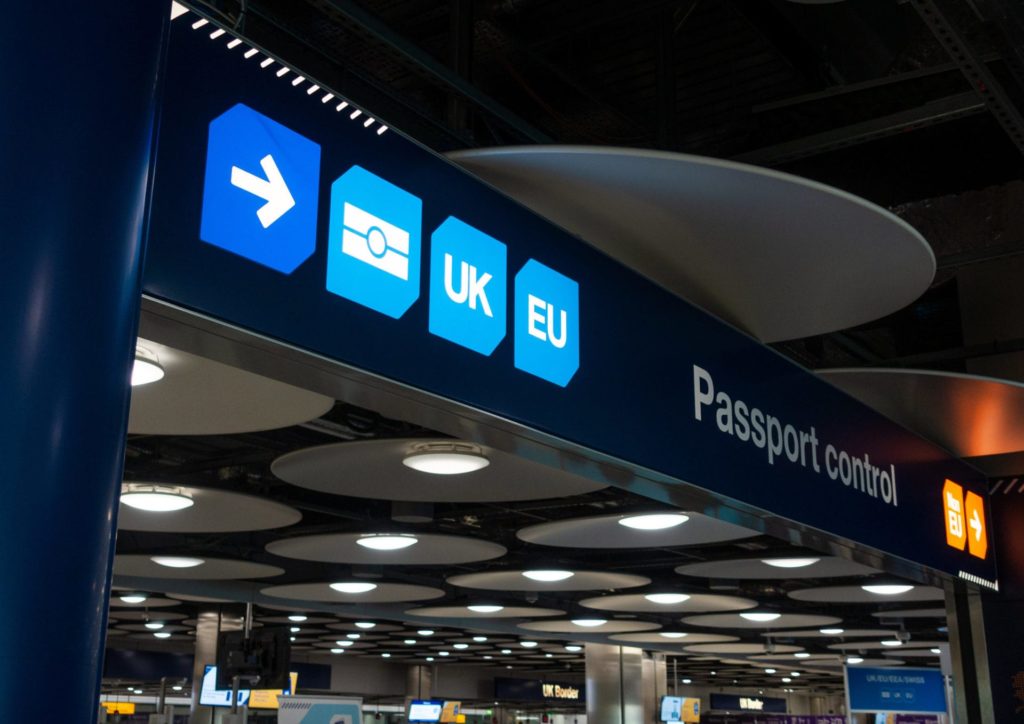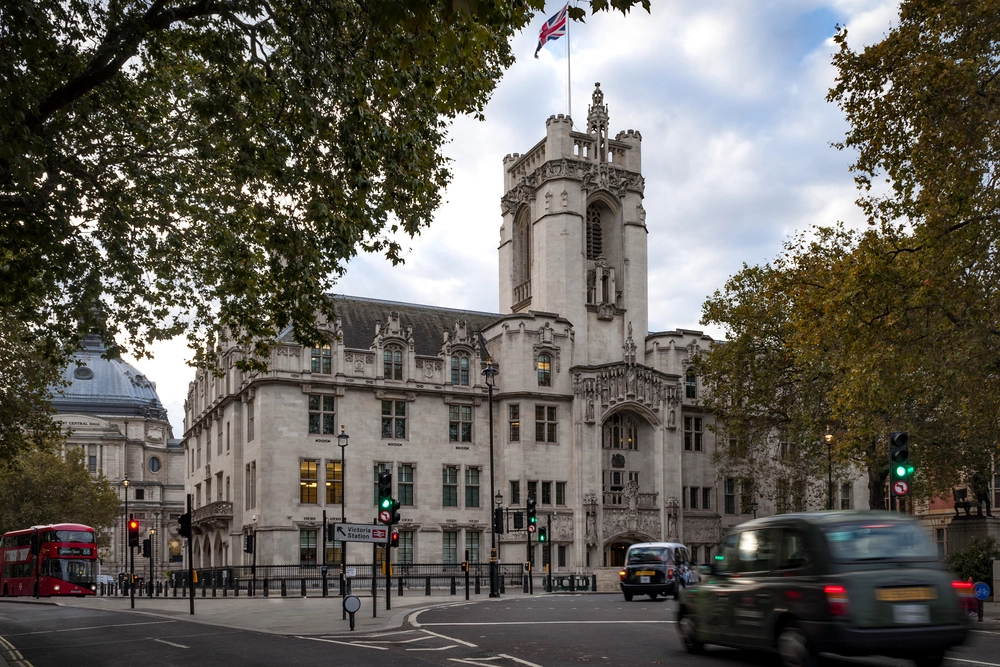

As employers, our response to coronavirus (COVID-19) is a crucial part of the efforts to deal with this epidemic. With the UK now in the 'delay' phase of its response to COVID-19, employers should review the workplace hygiene and business practices they originally put in place during the contain phase.
Appropriate steps will of course depend, to some extent, upon the nature of the workplace, the roles carried out and the demographic of the workforce, however the following are some basic steps that almost every employer in the UK should be considering and implementing at present.
Of course, the situation is also changing rapidly - if you want to stay in the loop, then next week Karen Bates and I will be exploring the most up to date guidance in our COVID-19 employment webinar.
Stay informed.
Keep up to date with Government (gov.uk) and public health advice (National Health Service) and data on COVID-19. It may be sensible for HR professionals to set a daily outlook reminder, and provide clear regular communications with staff.
Make sure you can communicate.
Ensure that you have up to date contact details (including details of any emergency contact) for all members of staff so you can be confident you will be able to engage with them quickly and effectively if there is an issue within the workplace.
Restrict travel.
Review the business' current approach to work-related travel and consider implementation of appropriate restrictions on non-essential business-related travel within and outside of the UK.
Promote personal hygiene.
PHE recommends that the following general cold and flu precautions are taken to help prevent people from catching and spreading COVID-19:
- Cover your mouth and nose with a tissue or your sleeve (not your hands) when you cough or sneeze. See Catch it, Bin it, Kill it.
- Put used tissues in the bin straight away.
- Wash your hands with soap and water often – use hand sanitiser gel if soap and water are not available. See hand washing guidance.
- Try to avoid close contact with people who are unwell.
- Clean and disinfect frequently touched objects and surfaces.
- Do not touch your eyes, nose or mouth if your hands are not clean.
It would be wise therefore to publicise the above steps/guidance with your workforce as much as practicably possible – perhaps via email and by putting up information posters (where possible) – particularly around areas such as lavatories and communal spaces.
Leave the face masks.
Notably however, employees are not recommended to wear facemasks to protect against the virus. Facemasks are only recommended to be worn by symptomatic individuals (and some healthcare professionals) to reduce the risk of transmitting the infection to other people.
Change behaviour.
Appropriate communications should also be made to staff clarifying what they are expected to do if they have symptoms, and around any modified standards of behaviour that are expected of them. For example, communications around the way that they greet and interact with colleagues and customers (bearing in mind that PHE recommends that the best way to reduce any risk of infection is good hygiene and avoiding direct or close contact (closer than 2 metres) with any potentially infected person).
Keep the workplace clean.
Take appropriate steps to ensure that the workplace itself is generally as clean and hygienic as possible and that there are ample (and readily accessible) supplies of hand-gel, soap and tissues etc throughout the workplace.
Make a business continuity plan.
If you do not have one already, it would also be extremely sensible to develop an effective contingency plan at this juncture to assess your business' level of exposure to disruption caused by the virus. The plan will need to take account of current and potential business impacts (including for example identifying the minimum safe level of workers required to continue operating, and how that can be maintained in the worst-case scenario) and should be communicated to key teams and individuals across the business. The business should identify a person or a team to take responsibility for operating the contingency plan and who will respond to new developments.
Check your insurance.
Consider your relevant insurance policies to explore to what extent this may cover business interruption issues.
Spread your workforce out.
Per the latest government guidance, implement a 'homeworking' strategy for employees (where this is possible) – see here for more details.
Consider whether there might be some benefit to be gained in exploring physically separating the workforce into separate units in an attempt to minimise the risk of COVID-19 spreading throughout the whole workforce.
Plan ahead for reduced resource.
Consider whether it may be necessary and/or sensible to look to initiate an election to appoint appropriate employee representatives who can be consulted with in the event that any form of large-scale redundancy exercise (20 or more within one establishment within a 90 day period) may possibly need to be looked at.
If your team needs any support during this difficult period, our Employment Team are ready to help.












